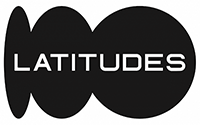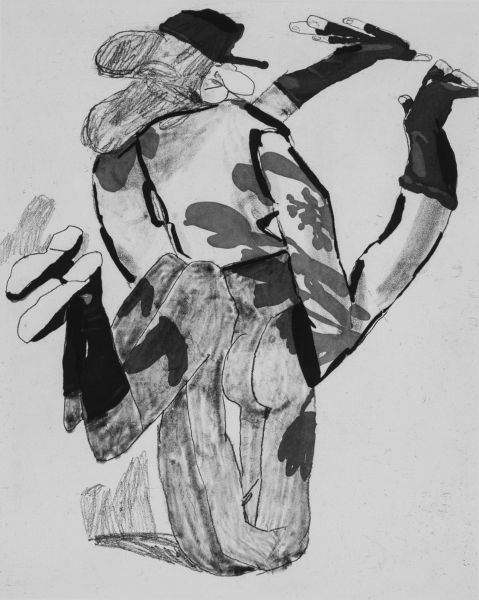Handyman
Store Review (0)PRESENTED BY : Warren Editions
| Frame | None |
|---|---|
| Edition Size | 20 |
| Medium | Softground etching, liftground aquatint and aquatint on Zerkall Intaglio 250gsm |
| Height | 77.00 cm |
| Width | 63.00 cm |
| Artist | Michael Taylor |
| Year | 2013 |
Michael Taylor, born in Johannesburg is a South African artist living and working in Cape Town. Taylor produces works in painting, drawing, printmaking and ceramics. He has to date had 9 solo exhibition of which his recent Trophies was at Whatiftheworld Gallery, based in Cape Town; the gallery also represents Taylor.
Michael has a story, make that a few to tell and, through his work at WE especially in the monotype technique his characters and settings materialize in humourous acts, satirized scenarios and of course at the beach – a sucker for a ‘Tropiitone’ sunset is Michael. To comparatively sketch it out he arrives with a suitcase of stuff (well, not figuratively) and ready and open to the element of chance. Taylor has the illustrator in him and that means the suitcase is tightly packed and as he decides to unpack so too does a composition. It helps that the nature of Michael’s work has much to do with editing/selecting and layering – in terms of making monotypes he is able to think of the final image as a succession of colour planes, negative areas waiting to be filled and at least the possibilities of adding to or taking away from existing flat planes. He is a consummate professional in his sensibility and approach, well suited to collaboration in the print studio and, has developed from initial projects. Michael Taylor knows what will work and what will ‘fail’ due to his being comfortable with the medium as he says, “let the medium do what it wants to do.”
The print by Taylor is made using softground etching and aquatint. Softground etching lines look different from hard ground lines in that they are crumbly-looking rather than wiry and aren’t even from end to end. Moreover, tonal areas resembling pencil shading can be made and impressions from flat objects such as fabric, paper, foil can be achieved through the medium. Softground is essentially beeswax, mixed with petroleum jelly or tallow and a small amount of asphaltum; the wax and petroleum jelly or tallow retains the softness of the ground, to allow for a crisp impression of anything pressed into it.
The character of the line change depending on the amount of pressure used in drawing. More pressure removes more wax, so where the artist pressed harder the tooth-creating marks are bigger and closer together than those in the areas where only light pressure was used. Using coarsely grained paper gives coarse-textured lines and fine paper fine lines. In general, soft ground lines look like lines made by the drawing instrument – a clutch-pencil, HB pencil, ballpoint pen or any other object on which pressure can be applied.
Aquatint is a way of making tones. Despite the “aqua” in its title, the aquatint process does not involve water. It was invented in the mid-eighteenth century to simulate the effects of ink and wash drawings. With aquatint, one can capture a complete tonal range from a hint of a tone to mid-tones to shadows and extreme darks. Aquatints can be airy like those in the etchings of Paula Rego to velvety like those in the etchings of Pablo Picasso. Francisca Goya benefitted from aquatint’s ability to achieve darkness in tone and content.
To make an aquatint, a dense collection of tiny grains of gum rosin is melted onto a metal plate, which then functions as a porous ground; each grain or clump of grains becomes an island that protects the plate, which the acid will bite around.
The most common means of applying the grains is with an aquatint box, made for creating and containing a rosin dust storm. After the dust storm is created, the plate is slipped into the box to collect the grains as they fall. The plate is taken out and heated to melt the grains for them to adhere to the plate once cooled.







